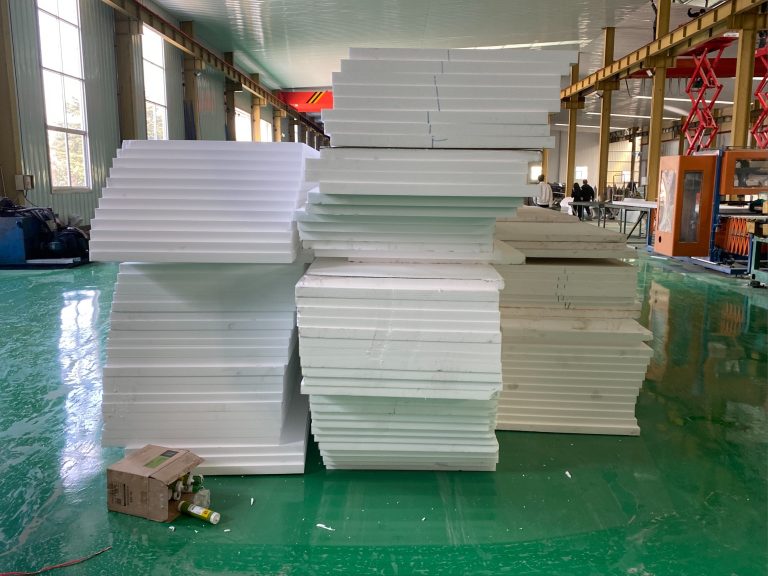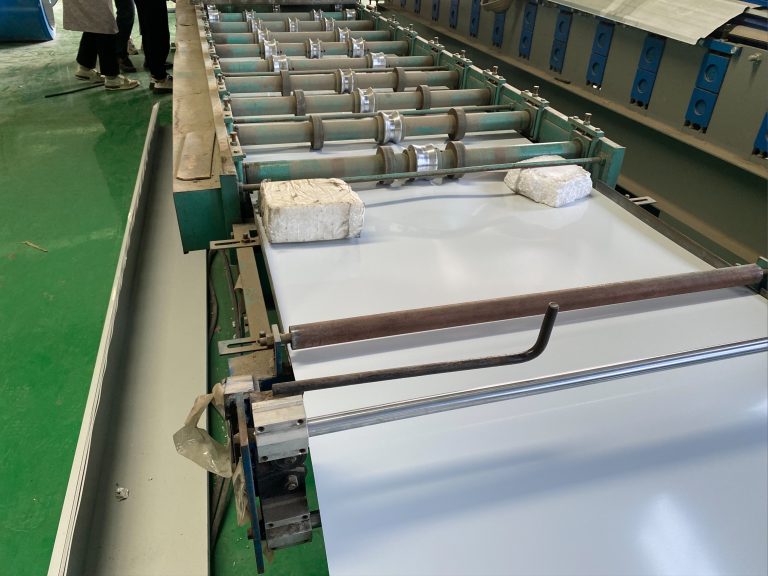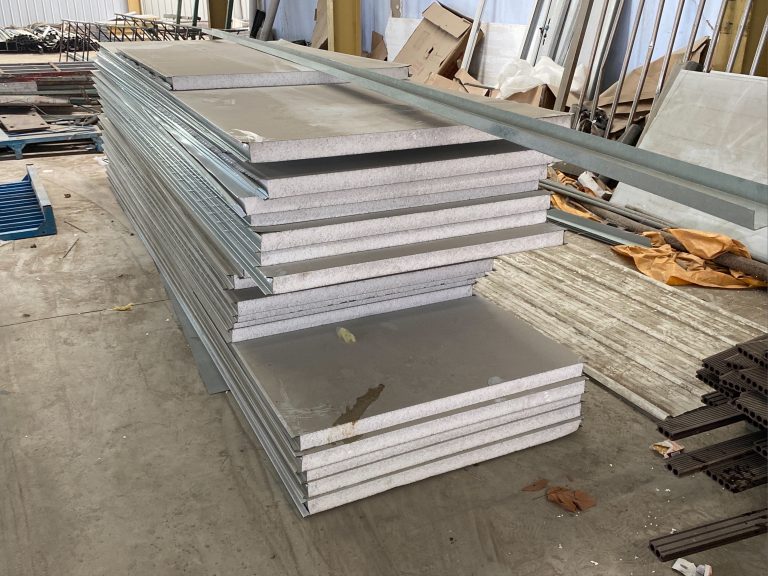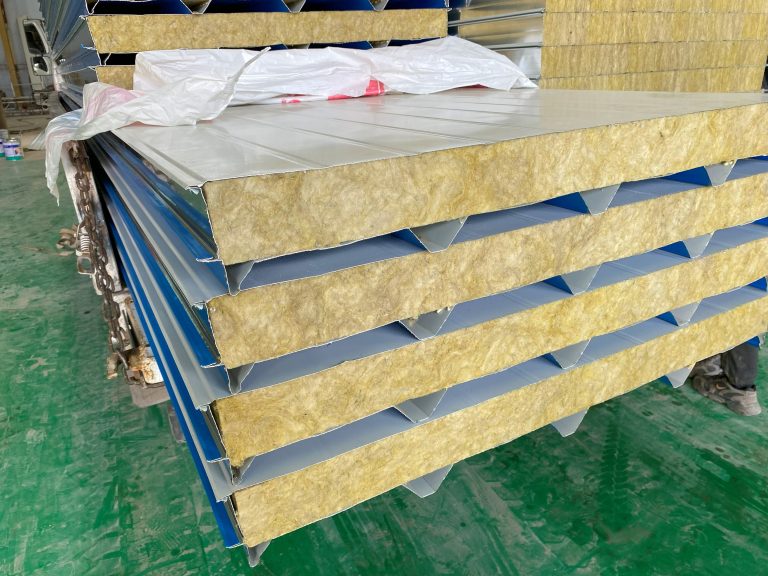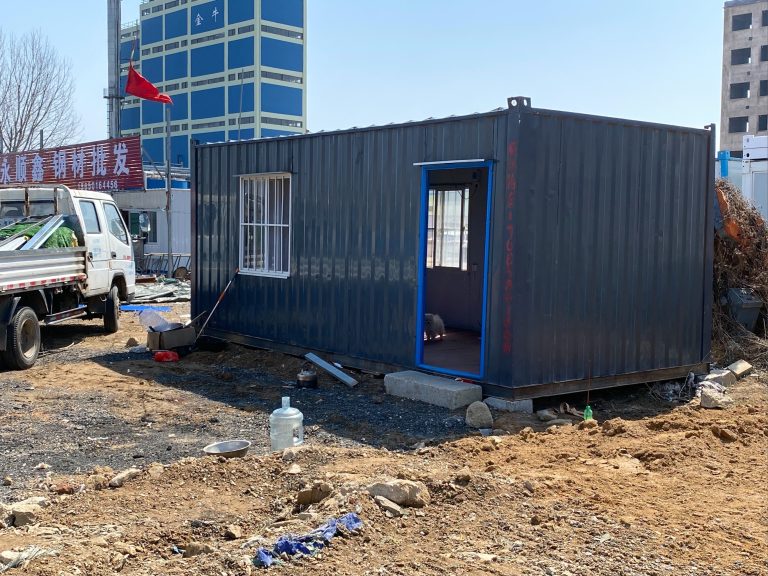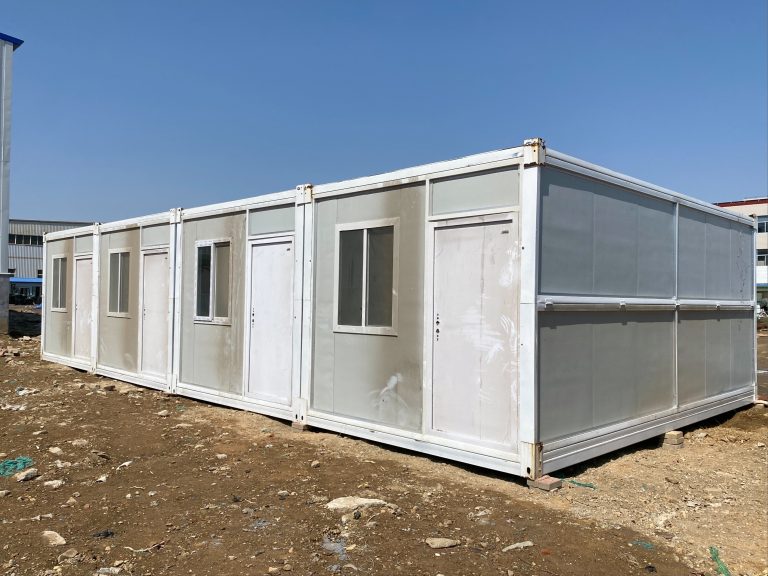Analysis of connection mode and mechanical properties of steel structure
Inhoudsopgave
Benefits of Welded Connection in Steel Structures
Steel structures are widely used in various construction projects due to their strength, durability, and versatility. When it comes to connecting steel components, there are several methods available, including bolted connections, riveted connections, and welded connections. Each method has its own advantages and disadvantages, but in this article, we will focus on the benefits of welded connections in steel structures.
One of the main advantages of welded connections is their strength. Welded joints are able to transfer loads more efficiently than bolted or riveted connections, as the entire cross-section of the steel members is utilized in the weld. This results in a more rigid and stable structure, which is especially important in high-rise buildings, bridges, and other structures that are subjected to heavy loads and dynamic forces.
Another benefit of welded connections is their ability to provide a seamless and smooth appearance. Unlike bolted or riveted connections, which require additional hardware and fasteners, welded connections create a clean and uniform look that is aesthetically pleasing. This is particularly important in architectural structures where the visual appeal is a key consideration.
In addition to their strength and appearance, welded connections also offer greater flexibility in design. Welded joints can be customized to fit specific project requirements, allowing for more complex and innovative designs. This flexibility is especially useful in modern architecture, where unique and unconventional shapes are often desired.
Furthermore, welded connections are more cost-effective in the long run. While the initial cost of welding equipment and labor may be higher than that of bolts or rivets, welded connections require less maintenance and are less prone to corrosion and fatigue failure. This results in lower maintenance costs and longer service life, making welded connections a more economical choice in the long term.
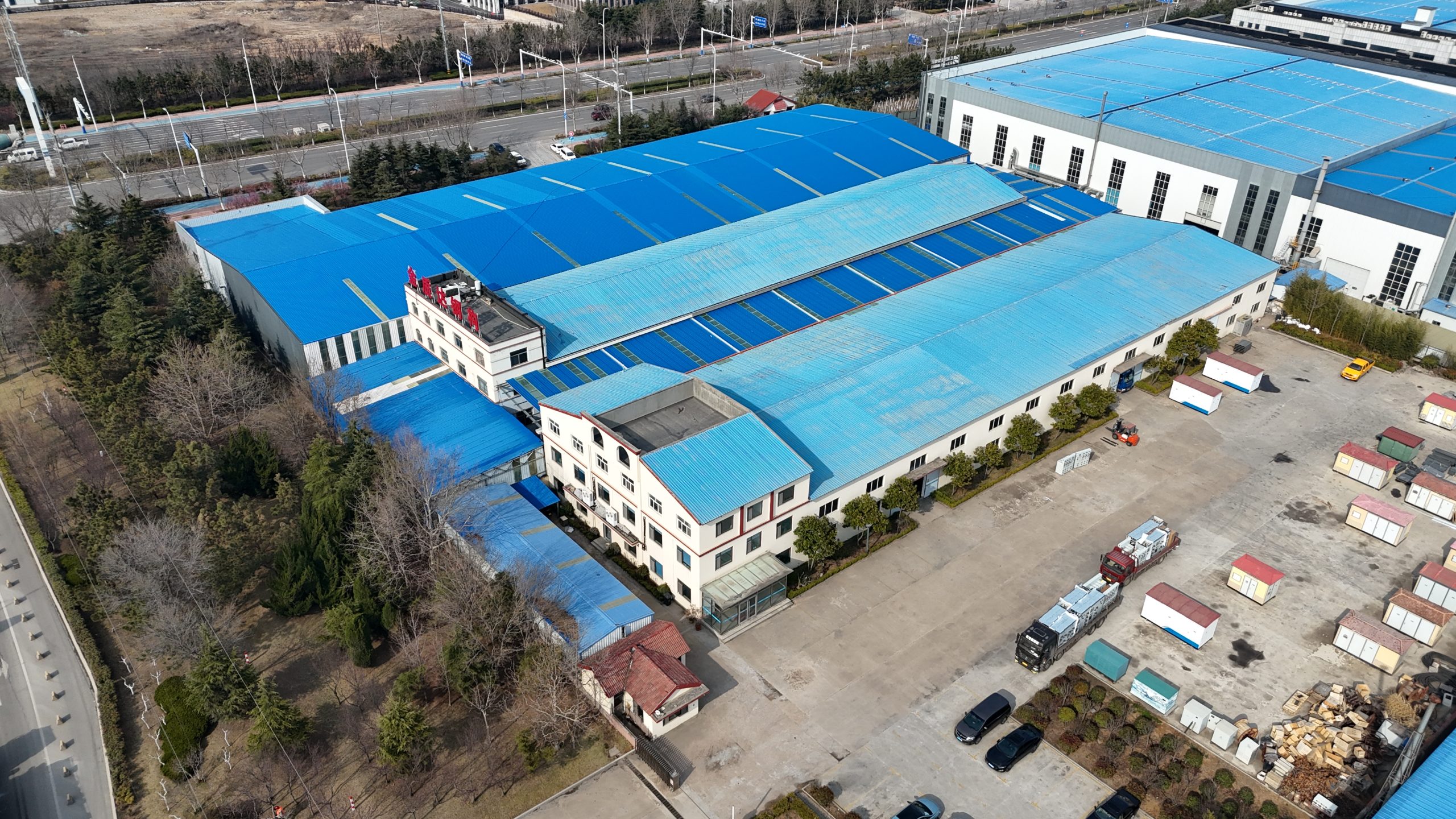
It is important to note that proper welding techniques and procedures must be followed to ensure the quality and integrity of the welded joints. Welding should be performed by certified and experienced welders using the appropriate welding equipment and materials. Inadequate welding can result in weak and brittle joints that are susceptible to failure, compromising the safety and stability of the structure.
In conclusion, welded connections offer numerous benefits in steel structures, including increased strength, seamless appearance, design flexibility, and cost-effectiveness. While there are other connection methods available, welded connections are often the preferred choice for their superior performance and durability. By understanding the advantages of welded connections and following proper welding practices, engineers and architects can create safe, efficient, and visually appealing steel structures that meet the demands of modern construction projects.
Impact of Bolted Connection on Mechanical Properties of Steel Structures
Steel structures are widely used in various construction projects due to their high strength, durability, and versatility. The mechanical properties of steel structures are crucial in ensuring the safety and stability of buildings. One important aspect that affects the mechanical properties of steel structures is the connection mode used in joining the steel components. In this article, we will analyze the impact of bolted connections on the mechanical properties of steel structures.
Bolted connections are one of the most common methods used to join steel components in a structure. They consist of bolts, nuts, and washers that are tightened to create a strong and rigid connection between the steel members. The mechanical properties of bolted connections play a significant role in determining the overall performance of a steel structure.
One of the key factors that influence the mechanical properties of bolted connections is the preload force applied to the bolts during installation. Preload force is the tension applied to the bolts to ensure that they remain tight and secure under various loading conditions. Proper preload force is essential to prevent loosening or failure of the bolts, which can compromise the structural integrity of the steel structure.
Another important factor that affects the mechanical properties of bolted connections is the type of bolts used. High-strength bolts are commonly used in steel structures due to their superior strength and durability. These bolts are designed to withstand high loads and provide a reliable connection between steel members. The material and grade of the bolts also play a crucial role in determining their mechanical properties.
The size and number of bolts used in a connection also impact the mechanical properties of steel structures. The spacing and arrangement of bolts can affect the distribution of loads and stresses within the structure. Proper design and placement of bolts are essential to ensure that the connection can withstand the anticipated loads and forces.
In addition to preload force and bolt type, the design of the connection itself can influence the mechanical properties of steel structures. The geometry and configuration of the connection determine how the loads are transferred between steel members. Proper design of the connection is essential to ensure that it can effectively resist bending, shear, and axial forces.
Overall, the mechanical properties of bolted connections have a significant impact on the performance and safety of steel structures. Proper selection of bolts, preload force, and connection design is essential to ensure that the connections can withstand the anticipated loads and forces. Engineers and designers must carefully consider these factors when designing steel structures to ensure their structural integrity and longevity.
In conclusion, bolted connections play a crucial role in determining the mechanical properties of steel structures. Proper selection of bolts, preload force, and connection design is essential to ensure the safety and stability of buildings. By understanding the impact of bolted connections on steel structures, engineers and designers can create structures that are strong, durable, and reliable.

